Consumers emerged from the pandemic with
significant savings buffers, as well as a changed attitude towards savings with
customers placing a greater importance on saving ‘just in case’. We can expect
that these savings buffers will be, to an extent, insulating consumers from the
immediate impacts of rising living costs and higher interest rates. In fact, in
Canada and the UK, the majority of consumers report still feeling at least
somewhat confident about their financial situation (56% and 66%, respectively).
But pandemic savings buffers are already being impacted by a return to
pre-covid spending in addition to the rising cost of living. Data released by
the Australian Bureau of Statistics in December shows that the household
savings ratio has now dropped to pre-pandemic levels.

Our data shows signs of consumers beginning
to re-think their priorities when it comes to spending and saving. The top two
actions taken by consumers across markets are reducing discretionary spending
and dipping into savings. As savings buffers are further eroded, we can expect
a more significant shift in consumer behaviour as customers re-assess their
outgoings and become more price sensitive.
We can also expect to see change in attitudes
towards and usage of credit. Consumers are displaying greater debt aversion and
are reluctant to borrow more given rising rates. However, there is a segment of
the market who rely on credit to stretch their pay. With cost-of-living
pressures impacting budgets and savings buffers declining it is likely that we
will witness both an overall decline in credit demand and an increase in
cardholders’ revolving balances – in some markets, and notably in Australia, we
saw this during the pandemic with overall card spend and balances accruing
interest dropping at an overall level but revolve rates remaining relatively
stable. We should also expect to see greater demand for low rate and interest
free products – including BNPL.
Globally, banks did a great job of demonstrating
they were there for customers during the pandemic – customers will be looking
for similar reassurance in 2023 as well as guidance to help them understand how
macro-economic factors will impact them.
Globally, banks did a great job of
demonstrating they were there for customers during the pandemic – customers
will be looking for similar reassurance in 2023 as well as guidance to help
them understand how macro-economic factors will impact them. Kate Wilson,
Global Head - Consumer Credit, Deposits and Payments, RFI Global
PREDICTION # 2
BNPL
will continue to evolve – with traditional providers driving growth in the
category
Since the start of the pandemic in 2020 we
have seen a significant increase in BNPL usage globally, with rapid growth in
e-commerce helping to support BNPL adoption. The BNPL industry is now facing
challenges with news of de-valuations of BNPL companies, providers pulling out
of markets and abandoning expansion plans dominating headlines in the second
half of 2022. BNPL has always been a controversial product and for some, the
recent news surrounding the sector is confirmation that the product does not
have longevity. However, while investor interest in the sector is declining,
consumer interest is not. According to recent RFI data, the vast majority of
BNPL users intend to continue using BNPL over the next 12 months. In some
markets we are also seeing indications that consumers are considering BNPL as
an alternative to interest bearing credit products.

RFI data tells us that consumers like that
BNPL not only allows them to avoid interest, but also helps them to feel more
in control of their spending and debt repayments and allows them to get more
out of their pay by making it stretch further. It’s not hard to imagine that
these core features of BNPL will become more appealing to customers facing cost
of living pressure and higher borrowing costs and could spur further demand for
BNPL even as overall demand for credit wanes due to the higher cost of
borrowing.
The consolidation we are seeing in the BNPL
landscape is the sign of a maturing market. While it is unlikely that we will
see new pure-play BNPL providers emerge in 2023 we can expect that traditional
financial service providers will increasingly offer BNPL or BNPL-like products
to their customers. A number of major banks have already launched interest free
or instalment plan products and features. In Australia, the birthplace of BNPL,
all four of the major banks have launched new products in response to BNPL take
up. RFI data also tells us that consumers are interested in using BNPL services
offered by their bank; 3 in 4 BNPL users in Australia and the UK would consider
a BNPL service from their bank appealing.
Customers have voted with their feet and
have proved the longevity of the product construct. While the new interest free
and instalment propositions being launched by banks and credit card providers
might look a little different to traditional BNPL offerings, it is clear that
BNPL is here to stay – and over the coming year we can expect to see the
category evolve further.
The consolidation we are seeing in the
BNPL landscape is the sign of a maturing market. While it is unlikely that we
will see new pure-play BNPL providers emerge in 2023 we can expect that
traditional financial service providers will increasingly offer BNPL or
BNPL-like products to their customers. Kate Wilson, Global Head - Consumer
Credit, Deposits and Payments, RFI Global
PREDICTION # 3
The FinTech
industry will enter a new period of accelerated growth as digitally savvy
consumers look for support amidst economic uncertainty
When the pandemic engulfed the world in
2020 and access to traditional banking channels was restricted, the uptake of
digital channels and digital-only providers soared. Since then, the number of
consumers globally who do all their banking on mobile devices has increased
significantly. This propelled the growth of the FinTech industry.
Now, as people around the world face up to
economic uncertainty and rising inflation, digital-only providers stand to
benefit once again as consumers in this environment are likely to watch their
spending more closely, become more price-sensitive and shop around for
financial solutions.
Digital-only providers offering financial
management tools will provide a platform for consumers to monitor and manage
their personal budgets as well as a wider array of more personalised financial
solutions and credit options, which are seen as more attractive and financially
competitive than products offered by more traditional providers.

Now, as people around the world face up
to economic uncertainty and rising inflation, digital-only providers stand to
benefit once again as consumers in this environment are likely to watch their spending
more closely, become more price-sensitive and shop around for financial
solutions. Hubert Petka, Global Head -
Consumer Digital and Segment, RFI Global
PREDICTION # 4
It will
be a pivotal year for crypto industry following strong headwinds in 2022
Valuations of most cryptocurrencies
suffered large falls in 2022. The outlook of the industry deteriorated further
following the sudden collapse of FTX in November and the shockwaves it sent
through the entire crypto ecosystem.
With the price of Bitcoin now sitting at a
third of its peak valuation in 2021 and investors still counting their losses
following record drops, question marks hang over the future of the crypto
industry. Yet, cryptocurrencies are destined to survive.
Consumer interest in the sector remains
resilient despite higher volatility and rapidly depreciating valuations. When
RFI Global spoke to consumers about cryptocurrency holdings between April and
June of this year, at the time when value of Bitcoin was tumbling, 2 in 5
investors globally still expected their holdings and use of cryptocurrencies to
increase over the next 12 months, whilst only 1 in 6 planned to scale back
their involvement. Growing interest from institutional investors is also poised
to buoy valuations and provide a much-needed lifeline at a critical time.
Lower valuations are also likely to attract
savvier investors seeking growth opportunities, and the fact that many
investors hold cryptocurrencies as they find them exciting and because they
view crypto as easy to access and trade bodes well for the future of the
category.

Lower valuations are also likely to
attract savvier investors seeking growth opportunities, and the fact that many investors
hold cryptocurrencies as they find them exciting and because they view crypto
as easy to access and trade bodes well for the future of the category. Hubert
Petka, Global Head - Consumer Digital and Segment, RFI Global
PREDICTION # 5
Appetite
for sustainable finance^ will continue to grow, in terms of dollar value and its
importance in bank choice. Growth potential is likely to be highest in APAC.
Demand for sustainable finance amongst
businesses has grown rapidly in recent years. As an example, sustainable green
and sustainability linked loan issuance was up 200% from 2020 to 2021.
While most
sustainability linked loan issuance has come from Europe and North America, RFI
SME and Commercial data suggests future demand may be highest in APAC markets.
In particular, India, Indonesia and China/PRD have registered some of the
highest interest in sustainable finance. India has seen a more than 30%
increase in demand for sustainable finance since 2016, while Indonesia's demand
has grown by over 20%. China/PRD has also seen a significant increase in demand
for sustainable finance - it grew by more than 10% between 2016 and 2019.
There are many
considerations in interpreting these numbers. Fast-growing markets like China,
India and Indonesia tend to have a relatively high demand most banking
products, a product of more rapid growth. There are also industry composition
drivers, knowledge/awareness differences and factors such as the supply of
sustainable financing behind these differences. While direct country
comparisons may not be entirely like-for-like, they serve as a starting point
for further deep dives by industry, business size and phases of growth.

Across markets
we now see many businesses indicating that sustainability played a role in
their choice of main bank. For example, in Indonesia and India, upwards of 40%
of businesses cite it as a factor, while in European markets like Germany and
France, the figure is closer to 1 in 4. In the PRD region the availability of
sustainable finance solutions now ranks 7th based on its importance
as a driver of main bank choice. Similarly, many businesses say poor
availability of sustainable finance options would be a key reason to avoid a
bank. In India, it is the number 1 reason for avoiding a bank, in Singapore, it
ranks 3rd while in Canada it is the 9th most important
driver of avoidance. With demand for sustainable finance growing, we are also
likely to see its importance as a driver of choice and bank avoidance
increasing over time.
^Sustainable
finance – refers to green loans, sustainability linked loans, green trade
financing etc.
While most
sustainability linked loan issuance has come from Europe and North America, RFI
SME and Commercial data suggests future demand may be highest in APAC markets.
In particular, India, Indonesia and China/PRD have registered some of the
highest interest in sustainable finance. Amit Khan, Global Head – SME and
Commercial Banking, RFI Global
PREDICTION # 6
Small
business will emerge as the key battleground for payments
In recent years we have seen renewed focus
on expanding the breadth of payment options available to SMEs, as well as a
proliferation in terms of the range of payment acceptance options on offer. As
a result, in 2023 we expect innovation and competition in the small business
payments space to intensify significantly.
In terms of making payments, there are a
number of factors that have collectively drawn the attention of the industry to
small businesses. Particularly at the micro-end of the spectrum, small
businesses mirror the attitudes and behaviours of consumers in general – and
therefore the range of payment options that have been developed with consumers
in mind can more easily transition towards the business space by first making
the jump to small businesses. We have seen early signs of this with Buy Now Pay
Later, where major players like Zip and Humm have launched business-focused
BNPL offerings.

Similarly, we are starting to see payment
solutions that have historically been confined to larger businesses beginning
to move downstream to SMEs. A great example of this is virtual cards; while
they have been used by larger businesses extensively for facilitating supplier
payments as well as a range of other use-cases, we expect that in 2023 we will
see providers globally begin to apply this functionality and develop use cases
specifically for small businesses. Our surveys clearly show the appetite for
this type of innovation among SMEs; data from RFI Global’s latest B2B Payments
surveys in Australia, Canada, the UK and USA found that 37-47% of SMEs that do
not currently use virtual cards find the concept appealing.
It's not only on the payables side that we
expect to see significant change in the year ahead; we are anticipating
significant changes in the payments acceptance space as well. Here again BNPL
has a role to play; the integration of Afterpay into the Block/Square ecosystem
should expand the reach of BNPL among small businesses considerably, and we
expect the diffusion of BNPL into new verticals to continue unabated over the
next year.
We are also seeing the ongoing impacts of
the pandemic continuing to affect payment acceptance; however, here we are
going to highlight a potential silver lining of the pandemic rather than its
many, many negative impacts. One key outcome we have been tracking over the
past 2-3 years has been an acceleration in many long-term payments trends,
including declining cash usage, rising usage of e-commerce, and – perhaps as a
consequence of these – growth in card acceptance. This last point is most
relevant when looking ahead over the next 12 months, because this is where we
expect to see continued innovation. With the launch of Apple’s Tap to Pay in
2022, 2023 will finally be the year that we see the market embracing
Software-based POS (SoftPOS), eliminating two of the remaining barriers of card
acceptance for micro merchants – the cost of acquiring hardware, and
inconvenience/time required to acquire, learn and implement said hardware.
We also expect further integration and
improved products and services stemming from payments acceptance over the next
12 months; from integrated QR streamlining the loyalty process for retail,
better integrations between acceptance solutions and other POS and business
management solutions, 2023 will see providers focusing on developing solutions
that help remove friction and complication for small businesses and allow them
to focus on running and managing their operations.
With the launch of Apple’s Tap to Pay in
2022, 2023 will finally be the year that we see the market embracing
Software-based POS (SoftPOS), eliminating two of the remaining barriers of card
acceptance for micro merchants – the cost of acquiring hardware, and
inconvenience/time required to acquire, learn and implement said hardware. Mark
Schultz, Global Head – Business Payments, RFI Global



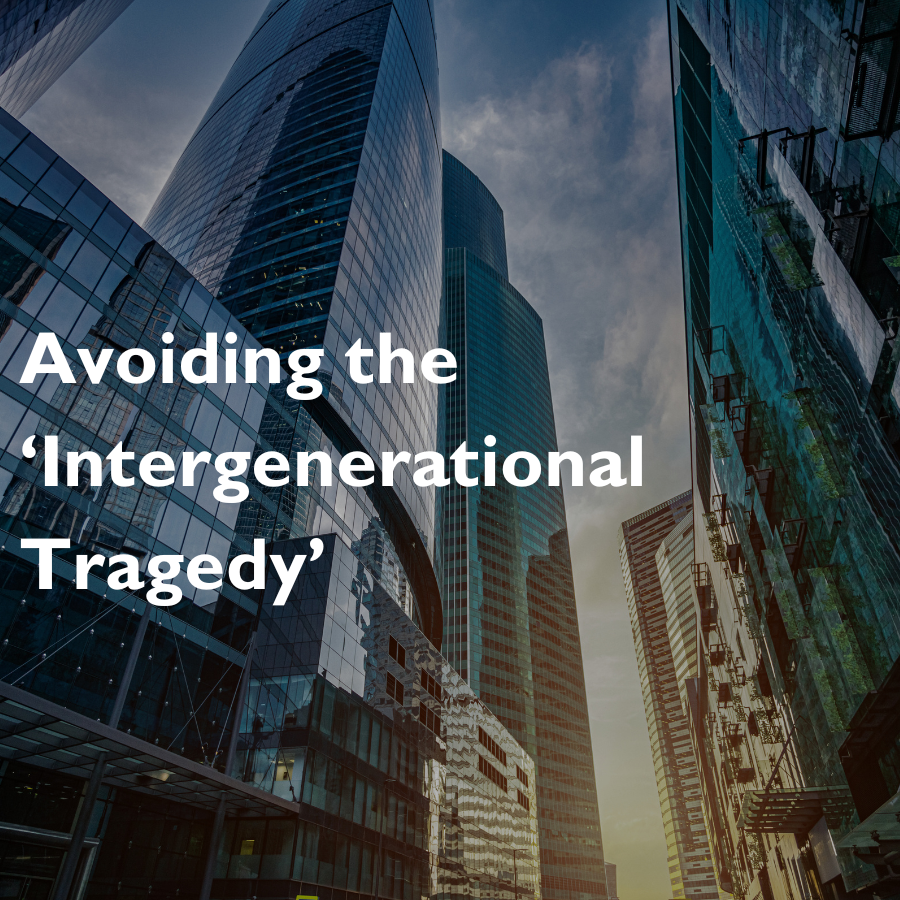


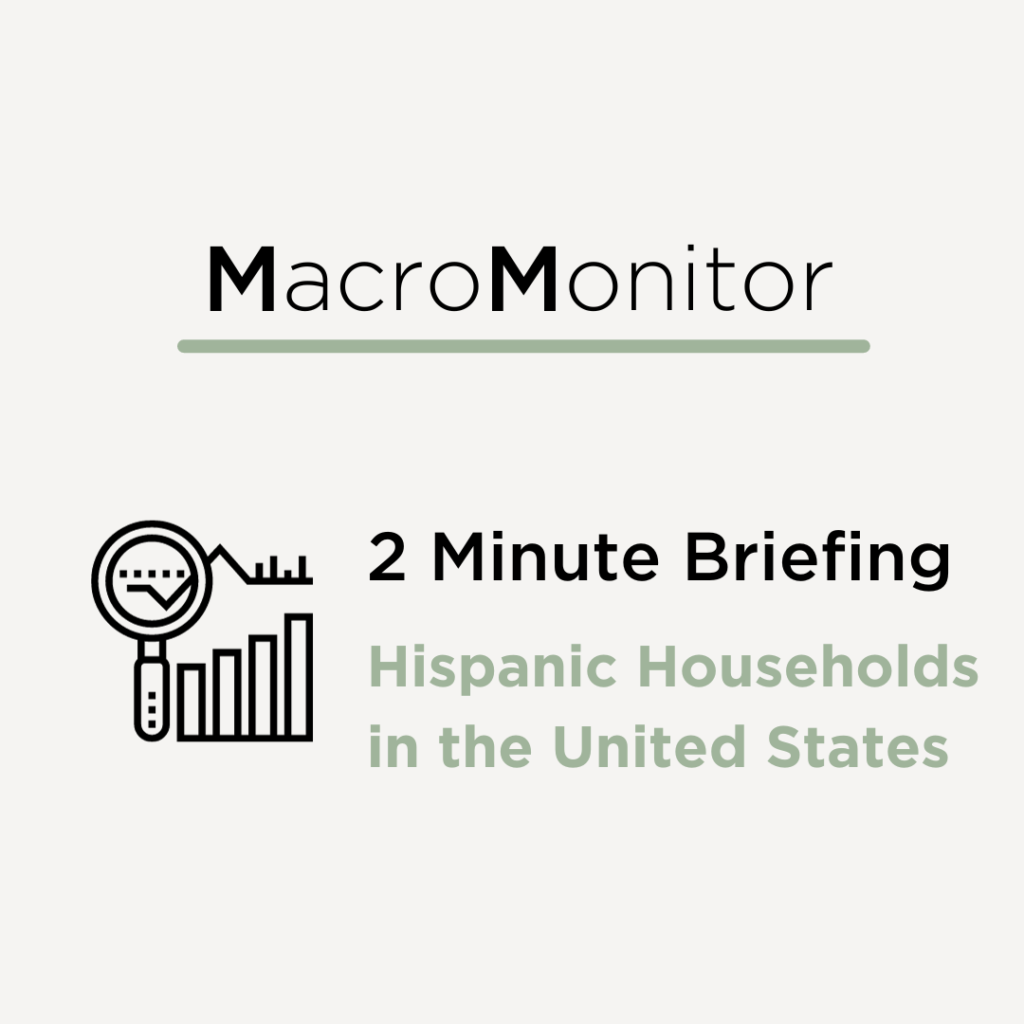













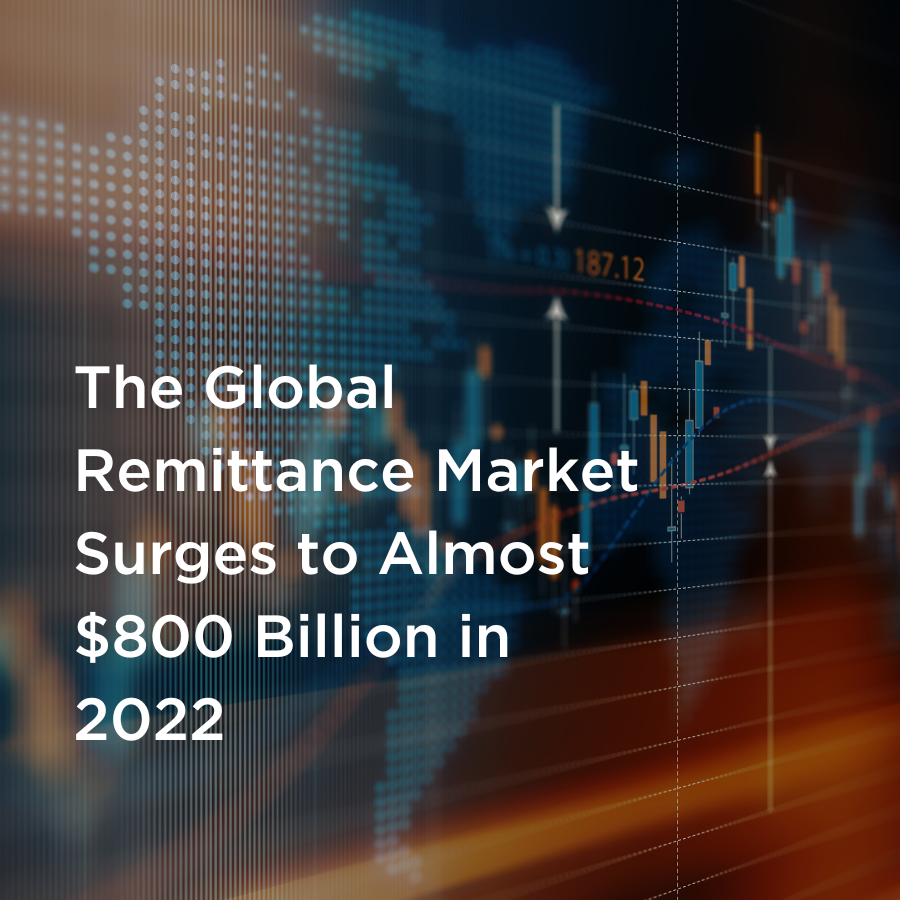



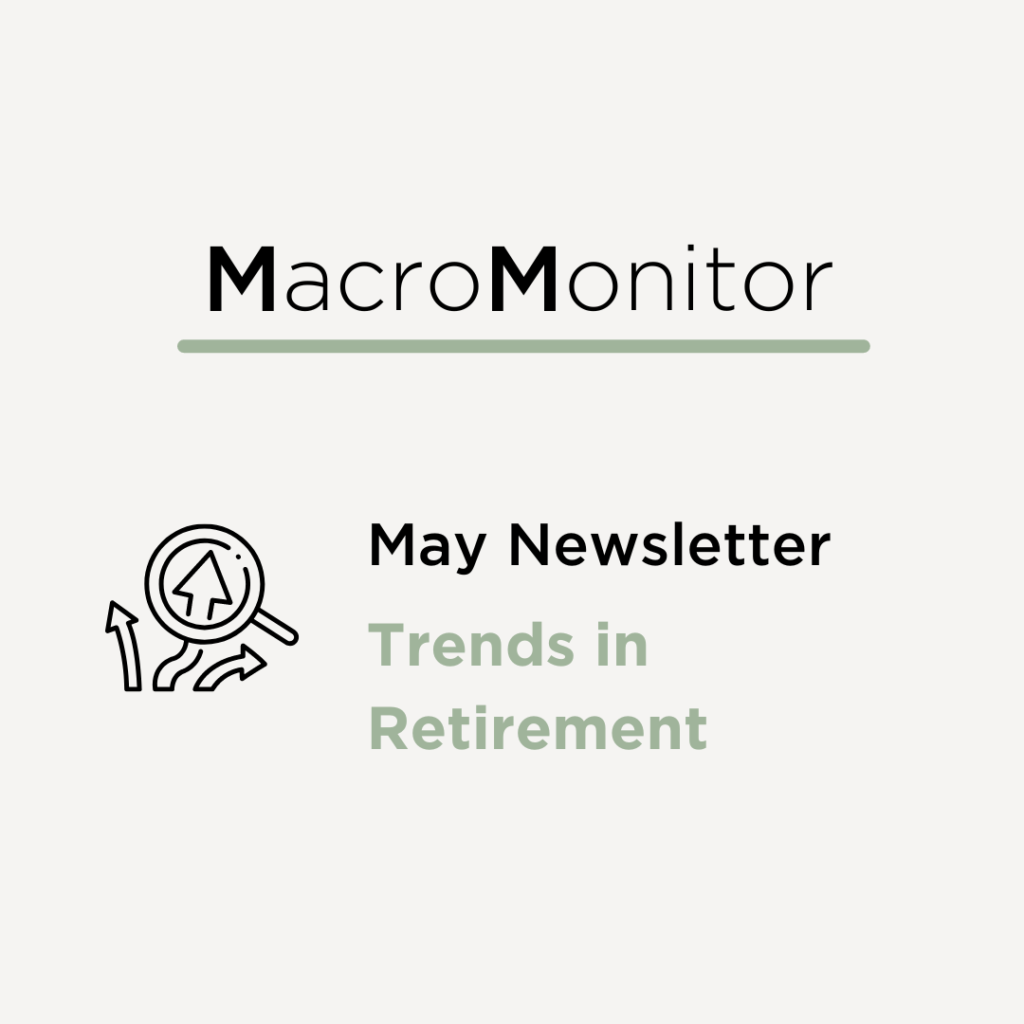
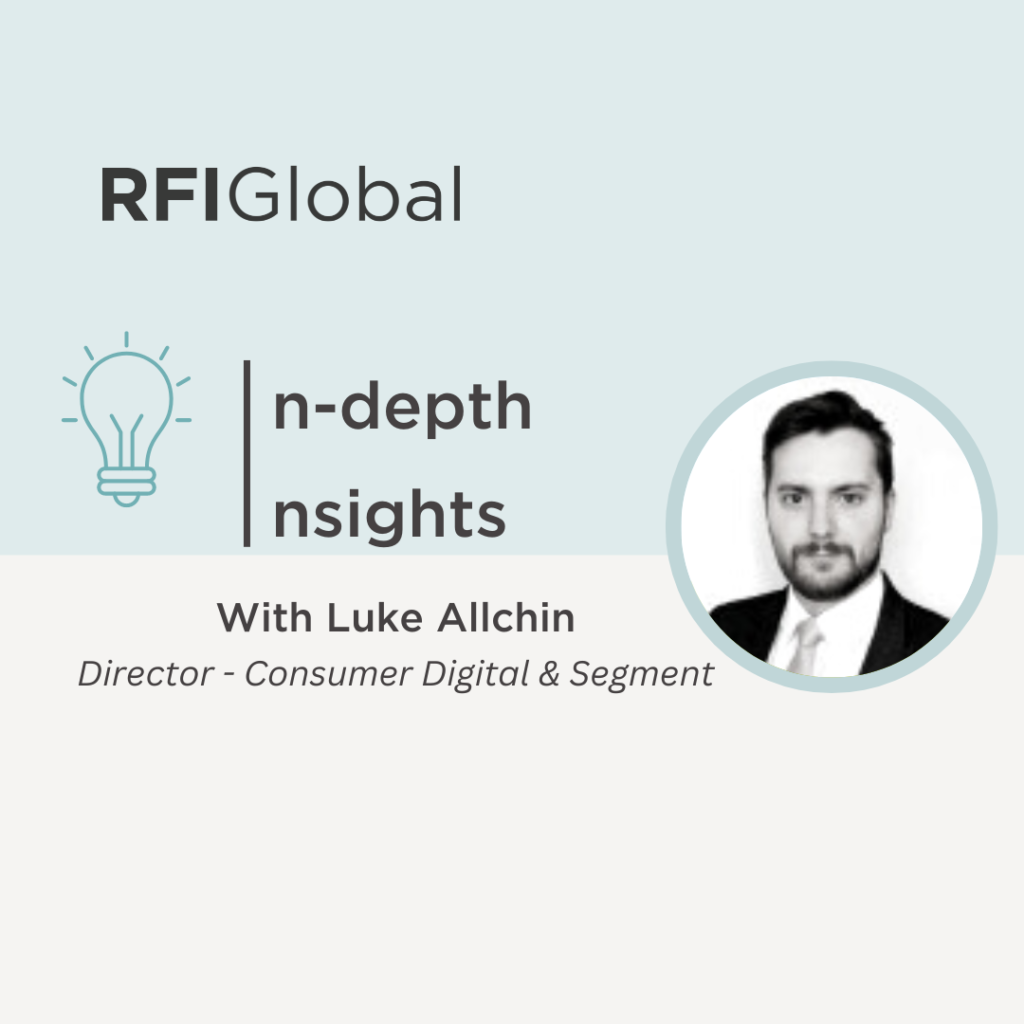
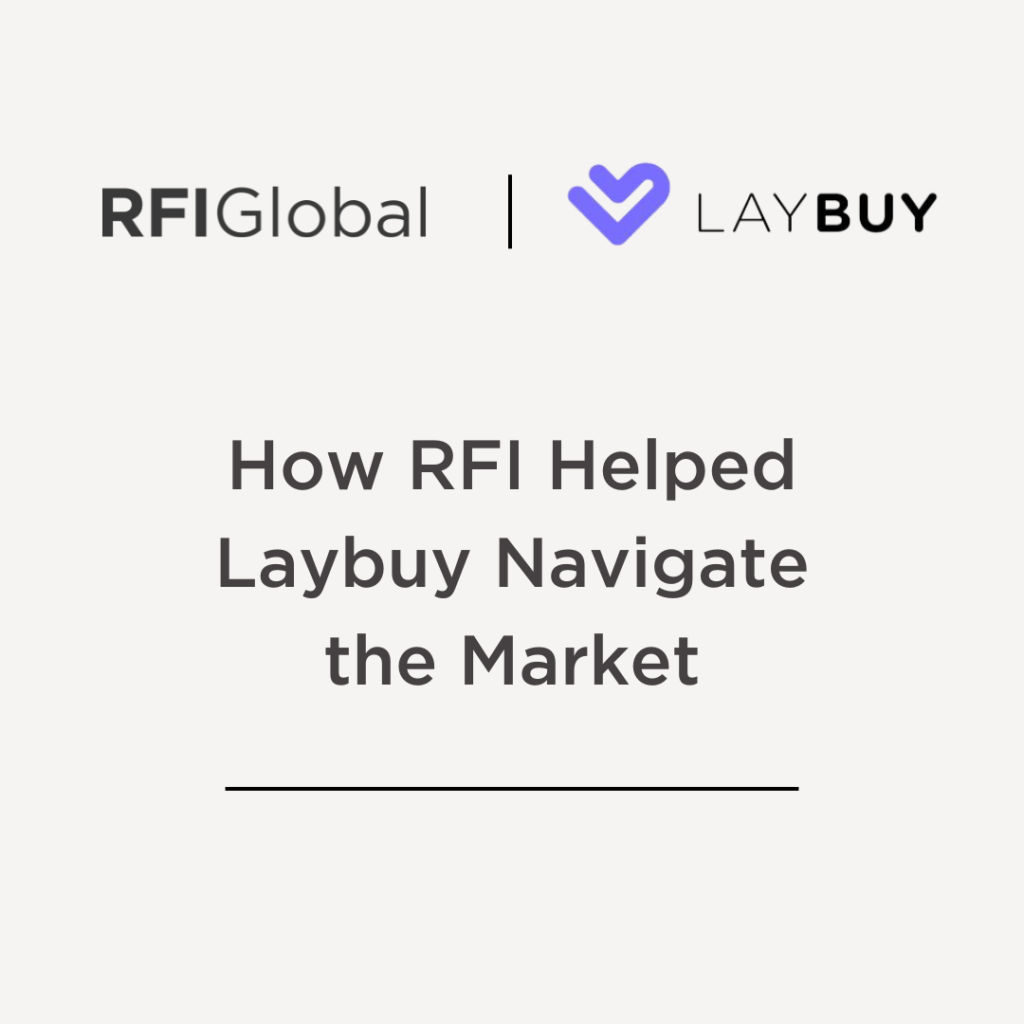

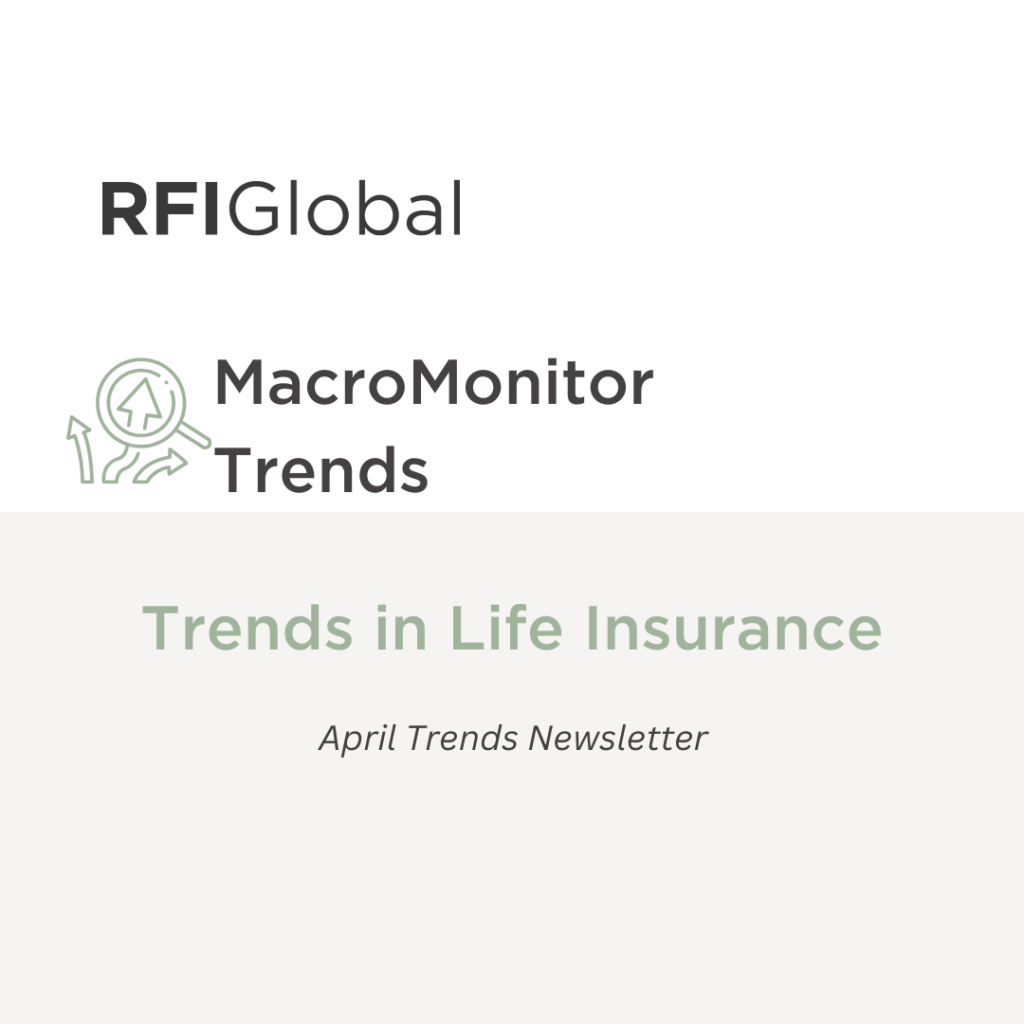

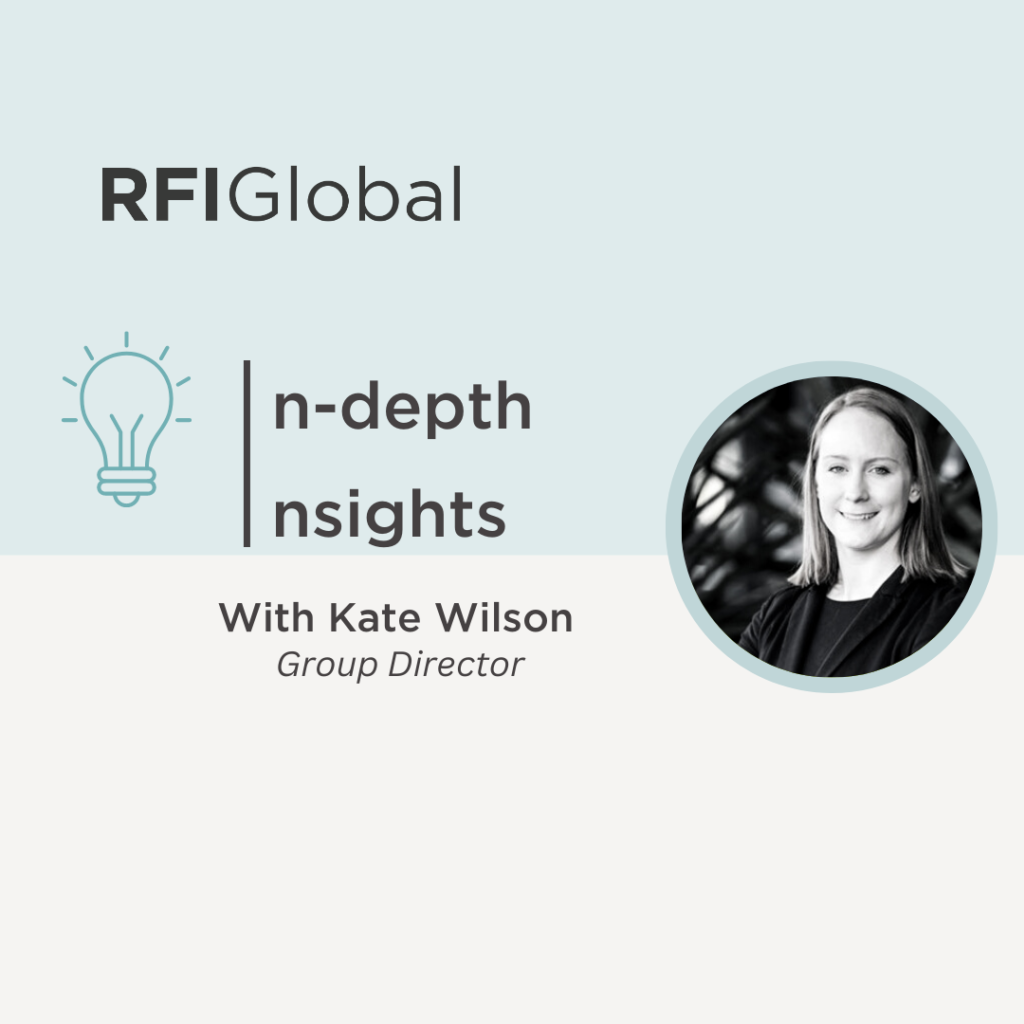

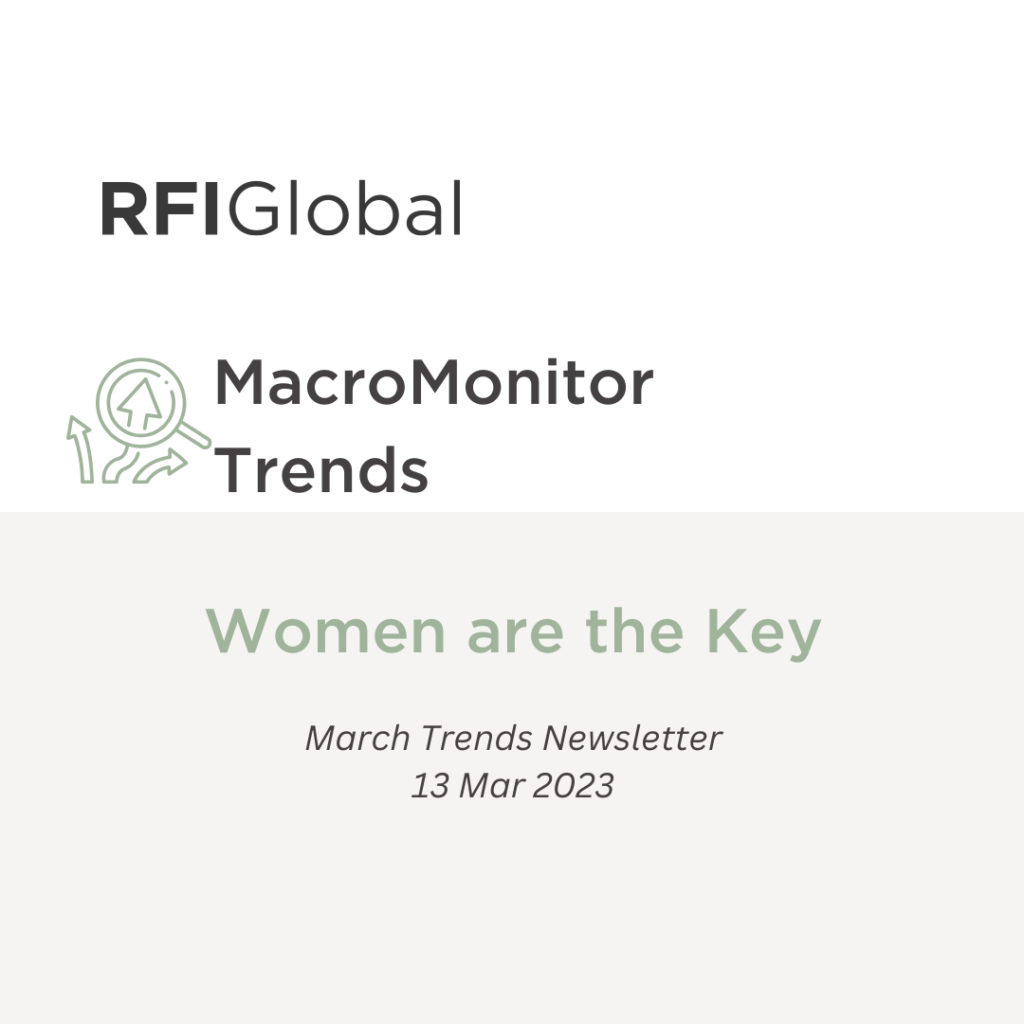
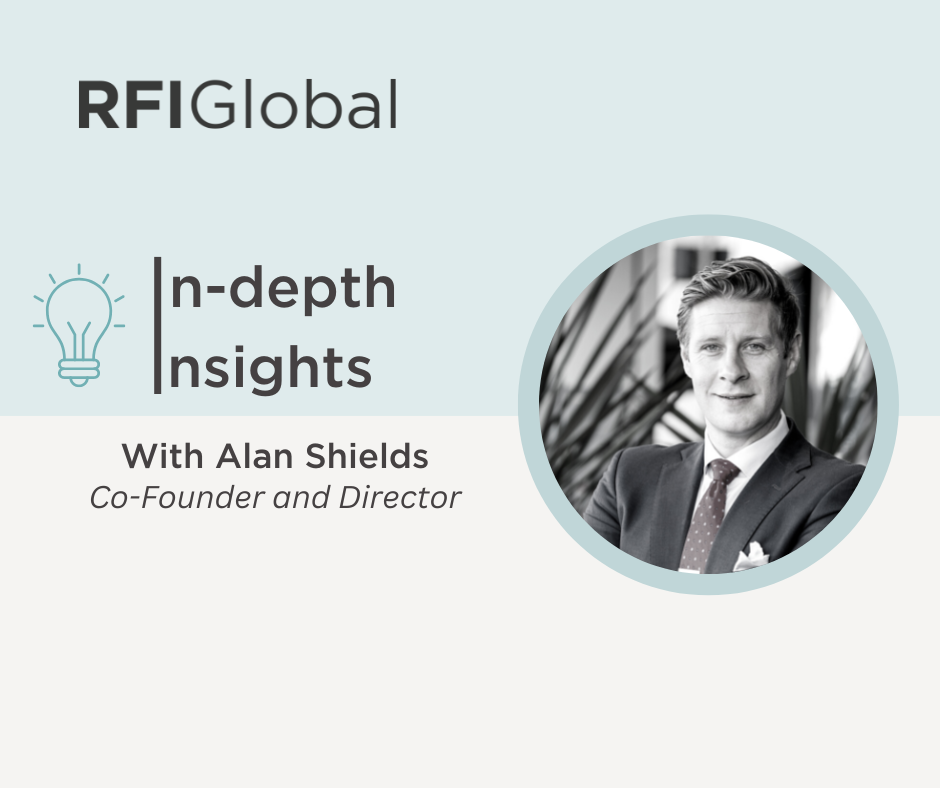

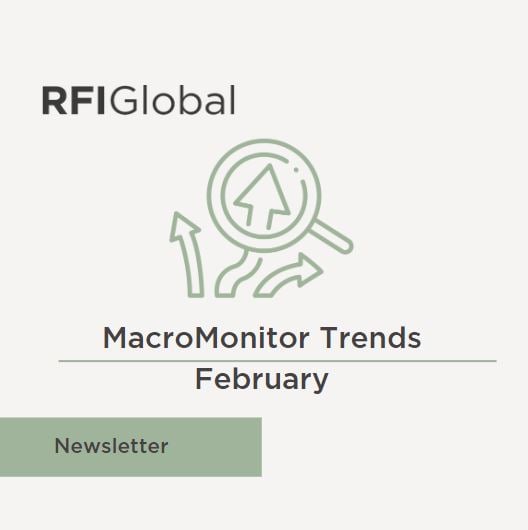


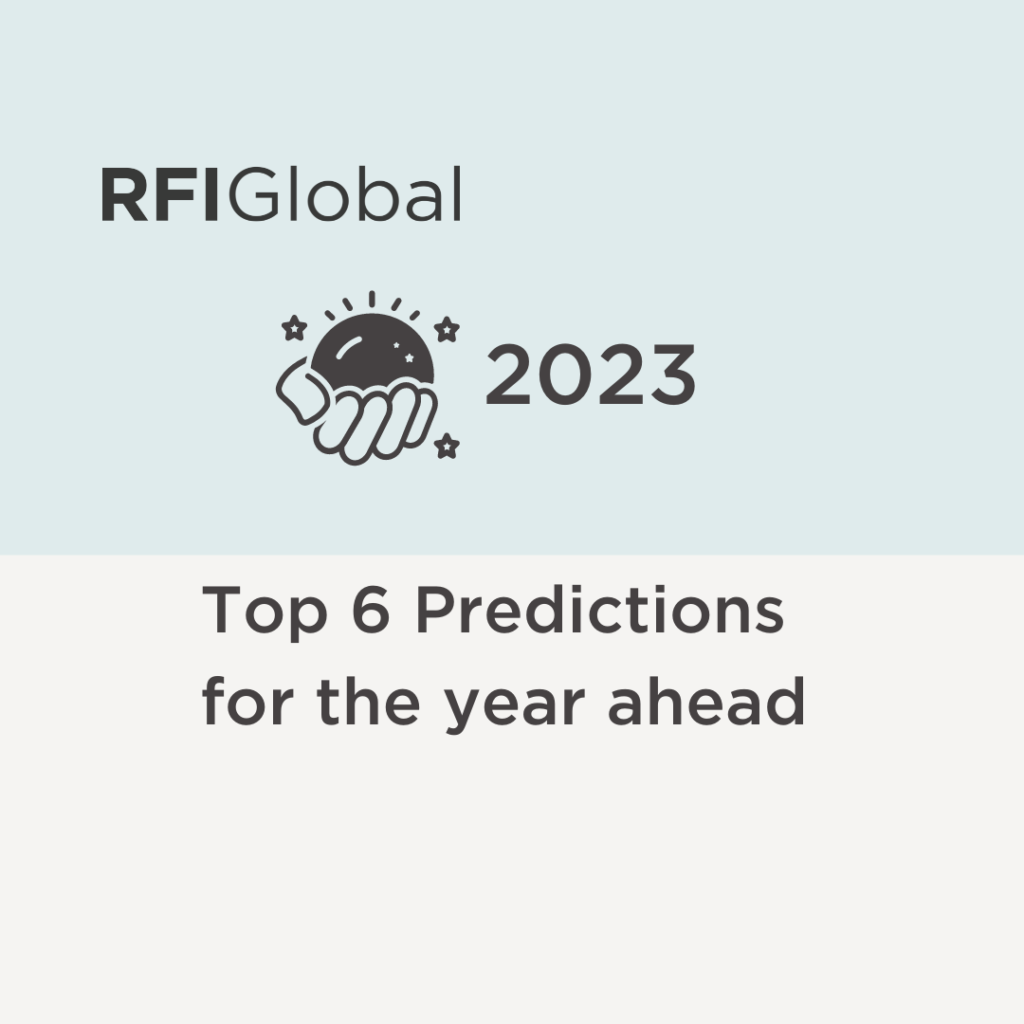
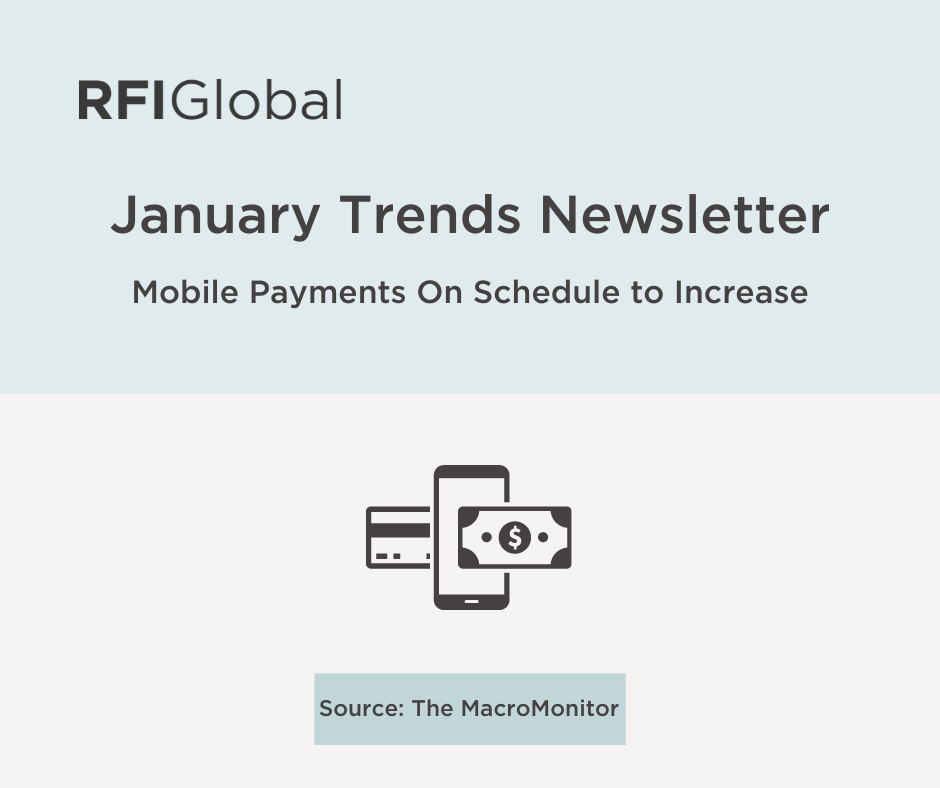

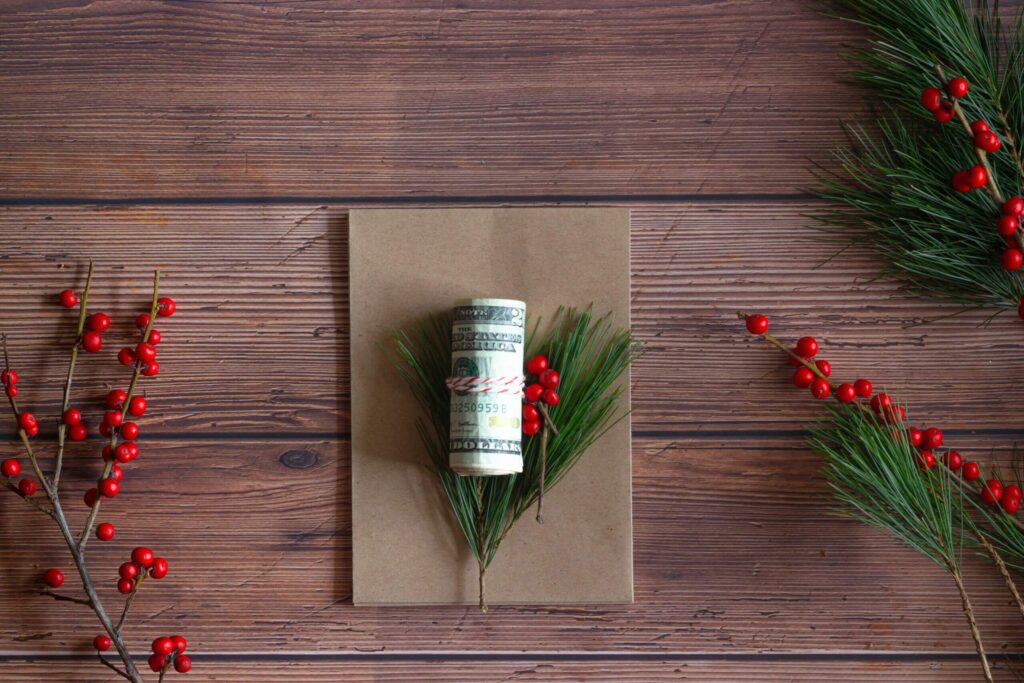













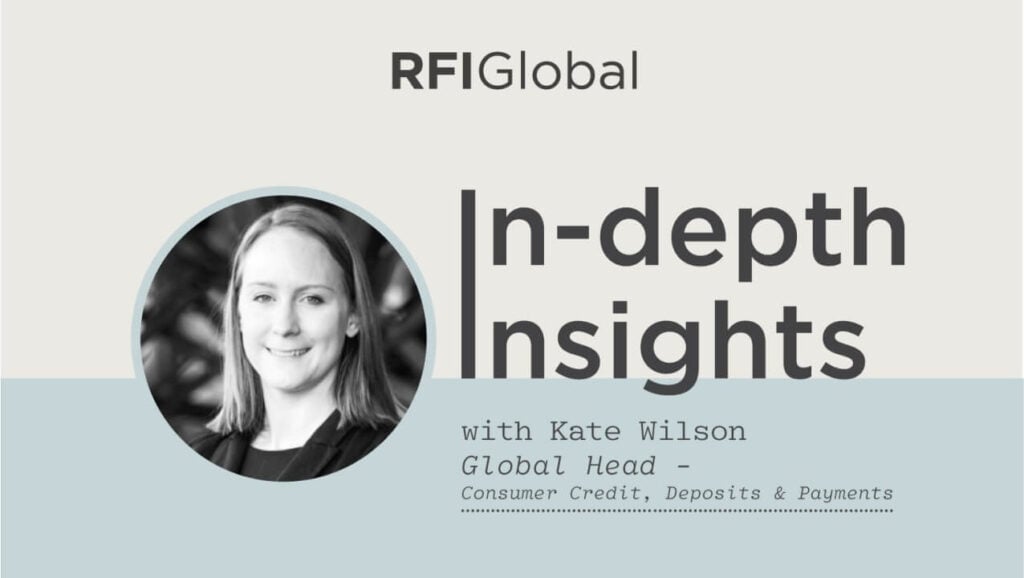










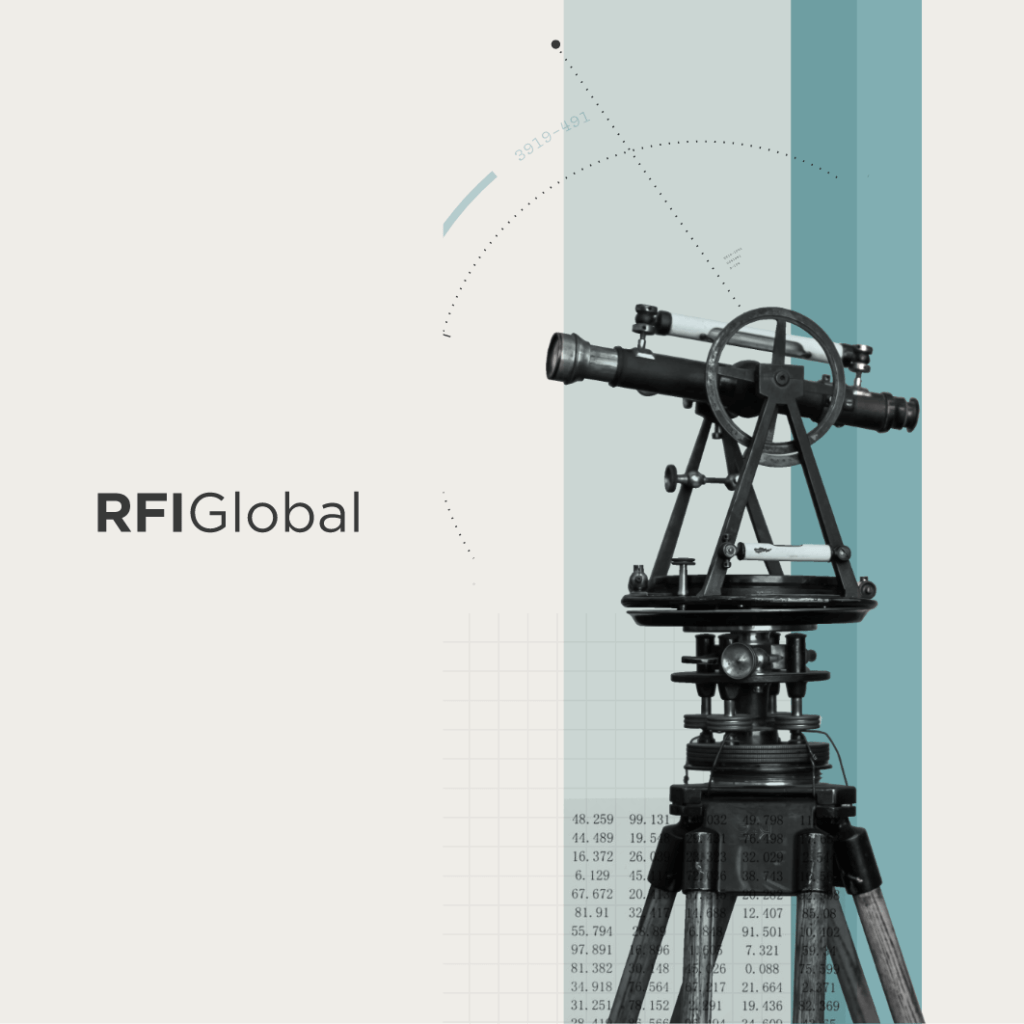


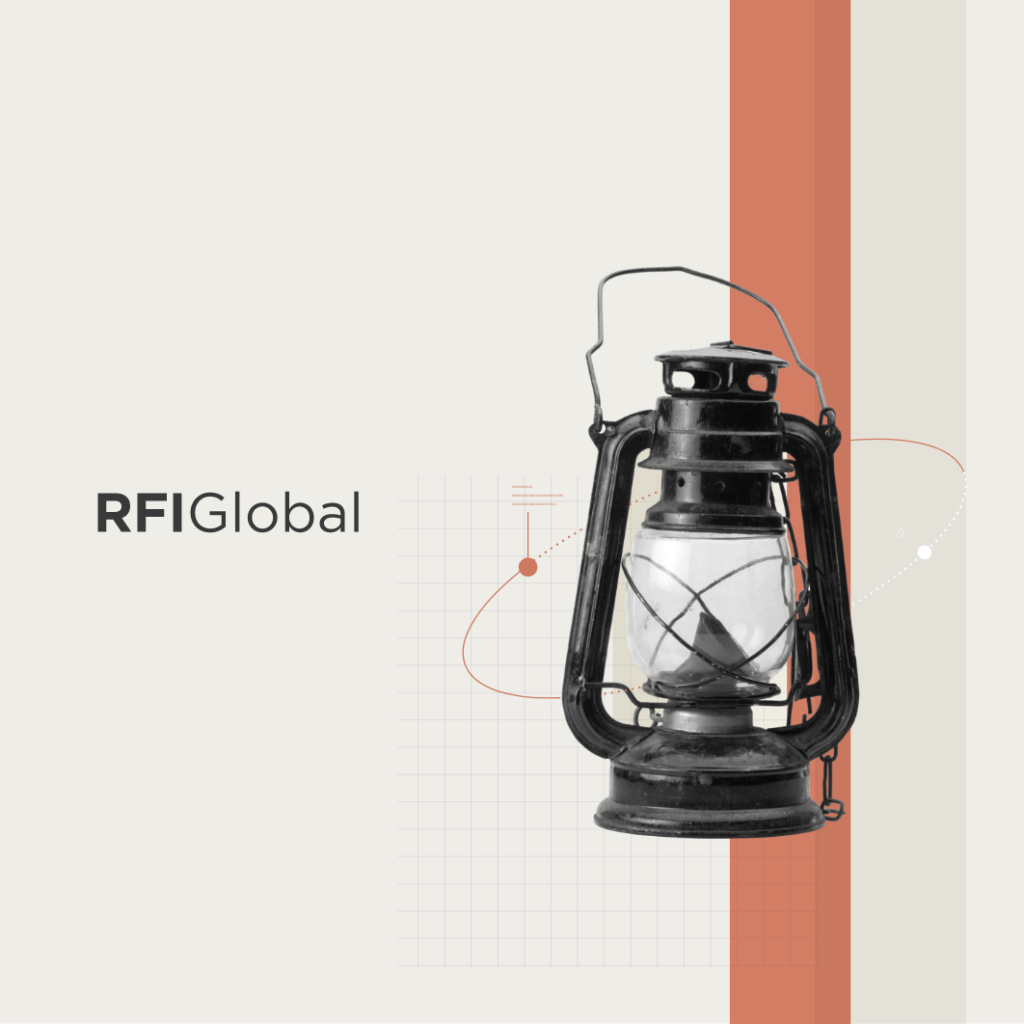
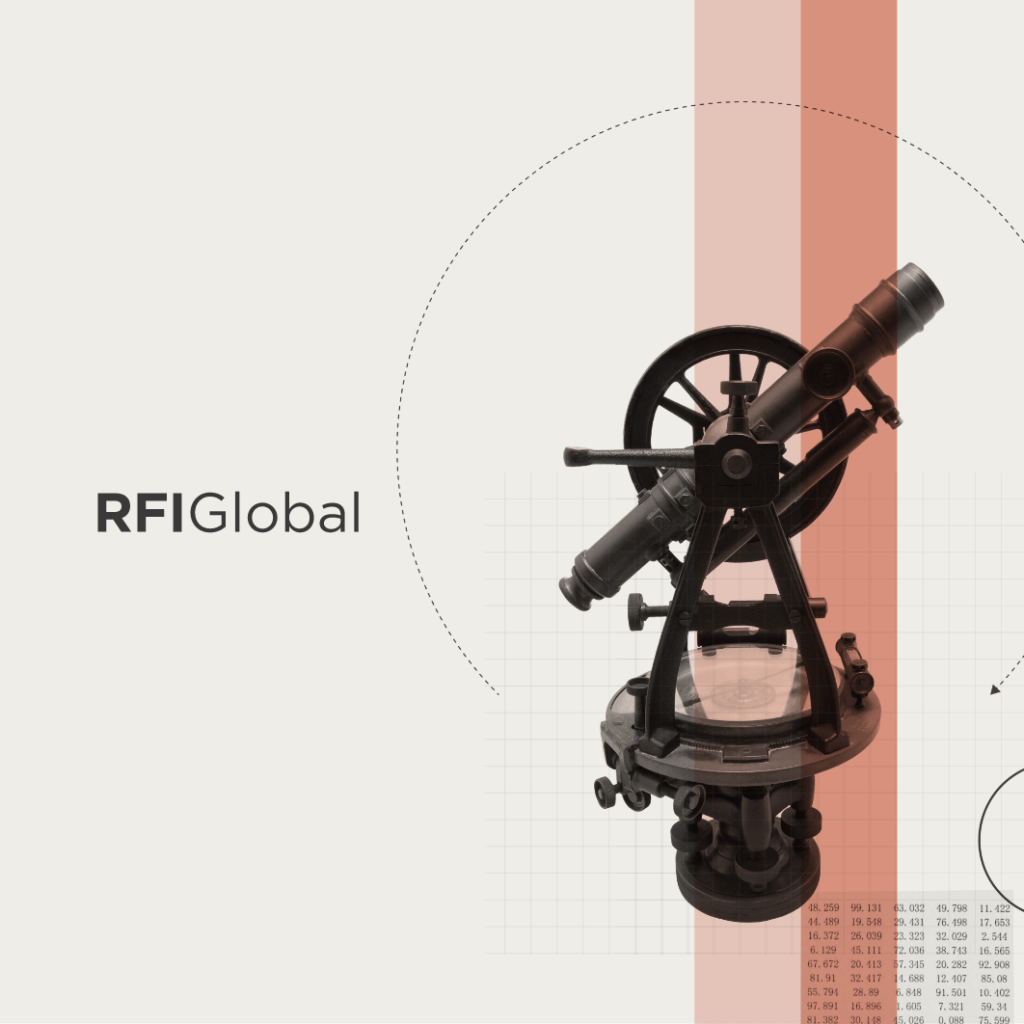
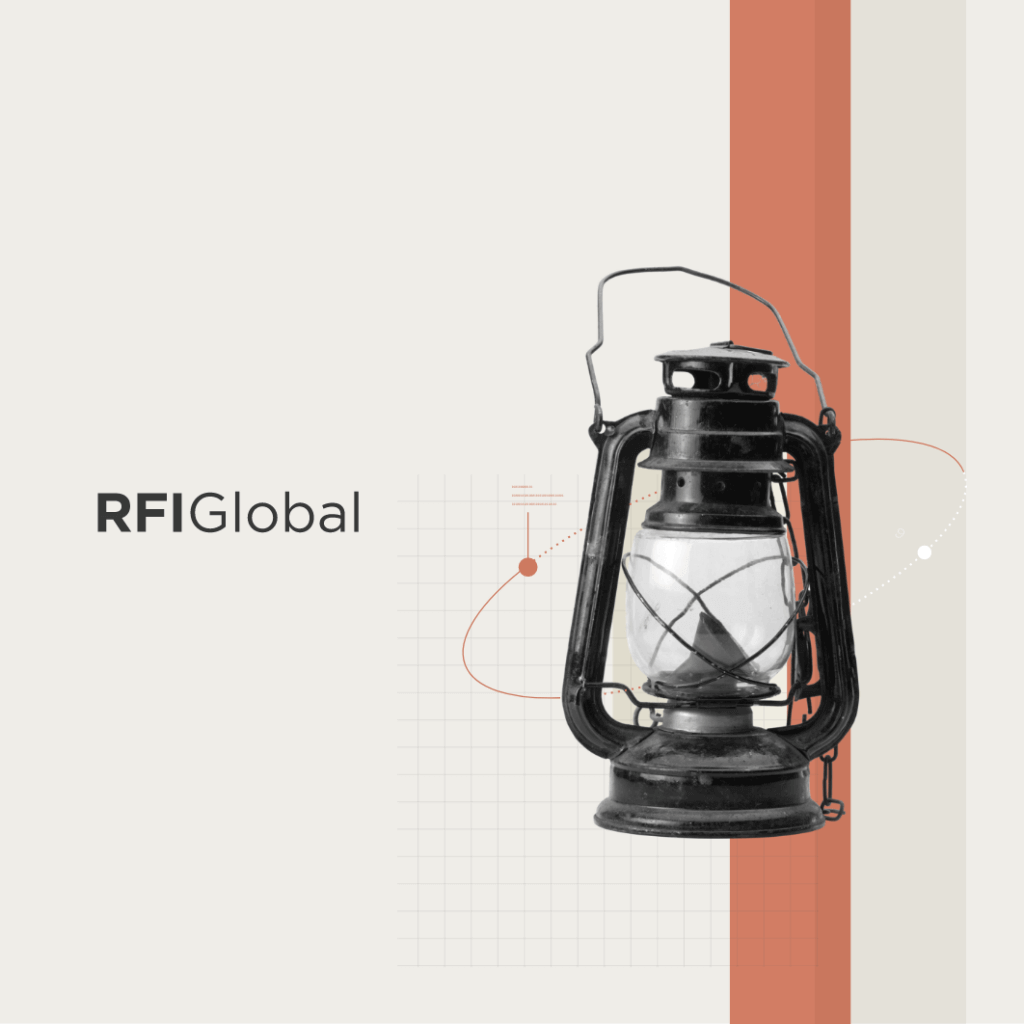
/NQA-ISO-27001-Logo-UKAS.jpg)